9 Scary Urban Legends From the Land of the Rising Sun

As the moon takes center stage and a chill creeps into the air, Halloween is upon us once again. It's that time of year when the veil between our world and the spectral realm grows thin, allowing all manner of ghosts, ghouls, and goblins to come out and play. This season, we're turning our gaze towards the Land of the Rising Sun, Japan - a country steeped in history and rich with chilling tales that can make even the bravest souls shudder.
Japan's urban legends are not your typical campfire stories. They're an eerie blend of ancient folklore, historical events, and modern horror, woven together into narratives that haunt the nation's collective consciousness. As the shadows lengthen and the witching hour draws near, prepare yourself for a journey into the heart of these terrifying tales. So grab your lanterns and steel your nerves as we delve into 10 scary urban legends from Japan. These spine-tingling stories are sure to add an extra layer of fright to your Halloween festivities. Enter if you dare!
The Vanishing Lady of Tokyo
The Origin of the Legend
The legend of the vanishing lady of Tokyo dates back to the early 20th century during the Taisho era. Tokyo was rapidly transforming into a modern metropolis, but old superstitions and folklore still persisted. The story seems to have originated sometime between 1920 and 1930 and has been passed down through generations since.
The Story
The tale goes that a beautiful young woman dressed in a kimono was seen wandering the streets of Tokyo late at night, seemingly lost and confused. When approached by concerned citizens, the woman would ask "Have you seen my baby?" before vanishing into thin air. The mysterious woman was reportedly seen by multiple eyewitnesses across Tokyo over a period of weeks, always vanishing before she could be helped.
Some believe the woman was the ghost of a mother searching for a child she had lost, while others say she was a demon or yokai who preyed upon the living. Whatever the truth, her sad tale and unexplained disappearances captured the imagination of Tokyoites, passing into urban legend. To this day, some claim to have caught glimpses of the vanished lady still roaming the streets in search of her missing baby.
The Aokigahara Forest
What is the Aokigahara Forest?

The Aokigahara Forest, also known as the "Sea of Trees," is a dense forest located at the northwest base of Mount Fuji in Japan. Sometimes referred to as the "Suicide Forest," Aokigahara has a tragic reputation as a popular site for suicides due to its seclusion and dense growth of trees.
The forest consists of about 35 square kilometers of trees so thick that they block out wind and noise. The result is an eerily quiet landscape that can disorient hikers and make it easy to get lost among the trees. With over 200 caves scattered throughout, underground streams, and areas where compasses fail, the forest has a sinister mystique.
The Legends of Aokigahara
Aokigahara has long been associated with death in Japanese mythology. Some legends claim it is haunted by the angry spirits of those left to die in the forest. Others say it is home to supernatural creatures like ghosts, demons, and yurei.
One myth claims that the forest was once sea until an earthquake made the water recede quickly, drowning many people unable to escape the trees. Their spirits are said to haunt Aokigahara today.
The forest's association with suicide has led to legends that the trees themselves are filled with malevolent energy that calls to the depressed and lures them to their deaths. With over 100 suicides committed there annually, many believe restless souls wander the forest.
The White-Eyed Children of Chiba Prefecture
The Origin of the Legend
The legend of the white-eyed children originates from Chiba Prefecture, located east of Tokyo on Honshu island. While the exact origins are unclear, the story seems to have first emerged online in the early 2000s on Japanese message boards before spreading more widely.
The Story
According to the urban legend, children with pale white skin and soulless eyes devoid of pigment have been encountered around Chiba. They knock on doors and ask to be invited inside, but those who make eye contact with them experience profound terror.
While their intentions are unknown, it is said that allowing them entry brings misfortune. Sightings of the unnatural children are rare but are said to occur more frequently at night in isolated areas. Victims report being gripped by a sense of dread when confronted by the white-eyed children.
Some believe them to be a kind of spirit or demon taking the form of children to prey on victims. Their blank, white eyes are said to steal the souls of those who stare into them too long. Skeptics say they are likely just an unsettling urban legend.
The Kuchisake-onna
The Origin of the Legend
Tales of the Kuchisake-onna, or "Slit-Mouthed Woman," originated in Japan as early as the late 1970s. The legend was spread through word of mouth and mass media over the decades, resulting in periodic waves of reported sightings.
The Story

According to the urban legend, children walking alone at night may encounter a woman wearing a surgical mask. She will ask the child if they think she is beautiful. If they say no, she will kill them with scissors. If they say yes, she removes her mask revealing her mouth has been slit from ear to ear, and asks "How about now?"
Answering no will lead to death while answering yes results in the Kuchisake-onna slicing the child's mouth to resemble her own disfigured face. The only way to escape intact is to provide an ambiguous response to her questions. For example, you can ask her, "Am I beautiful?" that would get her confused for a bit. Which would help you buy time to escape from her as quickly as you can.
The Kuchisake-onna is thought to be the vengeful ghost of a vain woman mutilated by a jealous husband. She is said to roam the streets looking for victims to share her disfigurement with.
The Red Room
The Origin of the Legend
The legend of the "Red Room" originates from the early days of the Internet in Japan during the late 1990s. The story was spread widely on Japanese message boards as a scary tale about a disturbing popup ad.
The Story

The urban legend claims that internet users in Japan were occasionally confronted with a pop-up ad featuring a red door and a recorded voice that said "Do you like the red room?" Viewers who confirm seeing the ad are led to a website featuring a plain red background and sinister images said to induce feelings of anxiety and dread.
Some versions of the story feature gruesome videos of torture or murder, while others describe victims being haunted through their computers. While often dismissed as a fictional creepypasta story, the legend remains popular and the "red room" is sometimes used to refer to illicit criminal sites on the dark web.
The Nukekubi
The Origin of the Legend
The nukekubi is a mythical Japanese creature with origins in traditional folklore dating back centuries. Belief in nukekubi has persisted into modern times, with alleged sightings still reported today.
The Story

Nukekubi are human-like beings whose heads can detach from their bodies and fly away independently. Often the head and body are connected by a thin strand of flesh or an elongated neck. While nukekubi can appear normal during the day, their true form is revealed at night when the head detaches in search of human prey.
Victims are sometimes strangled by the creature's flying head or bitten, having their blood drained. It is said that if a nukekubi's head is not reattached to its body by sunrise, both parts will die. Traditional legends portray nukekubi as demons, vampires, or shapeshifters disguising themselves as humans.
Some accounts suggest nukekubi have no control over their abilities. Their heads detach and fly away against their will, often while the body remains sleeping. Modern reports of nukekubi sightings describe floating disembodied heads, headless corpses, and humanoid figures with unnaturally elongated necks.
While many discount nukekubi as pure myth, believers say the creatures may be lurking in plain sight, appearing as normal people during the day. Tales warn us to beware of beautiful strangers who may reveal themselves at night to be vicious nukekubi.
The Tennin
The Origin of the Legend
Tennin are supernatural creatures from Japanese Buddhist mythology dating back to the 8th century AD. The flying humanoid beings are a part of Japanese folklore and are said to inhabit the mountains.
The Story

According to legend, tennin have a human-like appearance and can fly using their flowing robes or feathers. They are typically depicted as Buddhist ascetic monks or disciples with wings. Some legends describe tennin as immortals who live in the clouds or on sacred mountains.
Tennin is said to be a wise beings who gained magical abilities through spiritual cultivation and study of the cosmos. They are renowned for playing heavenly music and dance. At times tennin descend from the skies to help enlighten ordinary people.
However, tennin values their privacy and may punish or curse those who spy on them. Folktales warn travelers in the mountains not to disturb tennin. Believers claim tennin still occasionally appears to the pure of heart but remain hidden from most human eyes.
The Hitobashira
The Origin of the Legend
Hitobashira, which means "human pillar" in Japanese, is a centuries-old practice intertwined with mythology. It involved burying living people in structures as a sacrifice during construction.
The Story

The legend says that in order to ensure the sturdiness and safety of new buildings, living people would be buried alive in the foundations or walls. This practice was believed to appease the gods and imbue the structure with supernatural strength.
Typically, the human sacrifices were unwilling victims such as slaves, criminals, or peasants. It is said their vengeful spirits haunt the buildings today, cursing inhabitants with misfortune. Some tales claim hitobashira victims purposefully built flaws into structures, causing them to be more accident-prone.
Hitobashira sacrifices were not historically common, but stories are told of old fortresses, castles, bridges, and other structures containing entombed human remains. While hitobashira is now banned, legends warn some buildings contain trapped spirits awaiting their chance for revenge.
The Noppera-bo
The Origin of the Legend
Stories of the noppera-bo, or "faceless ghost," have circulated in Japan since at least the Edo period. The bizarre spirit is said to appear at first as an ordinary person before removing its mask to reveal a blank, featureless face.
The Story

According to folklore, the noppera-bo takes great delight in scaring and confusing humans. Encounters typically begin with a lone traveler crossing paths with what appears to be a normal stranger. After engaging in conversation, the noppera-bo removes its facade to provoke terror.
The ghost has no facial features where eyes, nose, and mouth should be - only smooth, blank skin. Some tales claim its face drips or ooze with blood. The noppera-bo may chase victims while remaining eerily silent before vanishing. Spotting a noppera-bo is considered an omen of misfortune. While the noppera-bo was originally part of traditional Japanese folklore, alleged modern sightings persist. Reports describe the noppera-bo appearing in remote areas late at night but also occasionally in crowded cities. Encounters range from mischievous pranks to more violent attacks on victims.
Some paranormal investigators theorize the noppera-bo may be a modern manifestation of older Japanese spirits like the mujina, which were shapeshifting creatures known for deceiving humans. Skeptics say the legend likely arose from superstitions about facelessness being connected to the soul.
Believers warn the noppera-bo can appear to anyone, and its intentions remain disturbingly unpredictable. They advise avoiding deserted places at night as well as conversing with suspicious strangers who may reveal themselves to be insidious faceless ghosts.
Teke Teke
The Origin of the Legend
The urban legend of Teke Teke originated in Japan sometime in the late 20th century. The story was spread widely across the internet in the early 2000s, with reported sightings occurring periodically.
The Story

According to the legend, Teke Teke is the vengeful ghost of a young schoolgirl who was tragically cut in half by a train after falling onto the tracks. Now a frightening spirit, she appears as a crawling torso dragging itself along with one claw-like hand.
Teke Teke announces her presence with a frightening scratching or scraping sound before attacking victims. Those who hear her cry of "Teke Teke" are doomed to be sliced in half. She is said to target children and teenagers walking home at night.
Some versions claim that if her victims don't answer her question "Where are my legs?" she will cut them in half out of jealousy. The only way to escape is to reply that they are at the train station.
Mokumokuren
The Origin of the Legend
Mokumokuren is a Japanese mythological spirit or yokai that has been featured in traditional folklore and ghost stories for centuries. The mysterious entity is said to inhabit houses and temples.
The Story

According to legend, Mokumokuren appears at night as a cluster of disembodied eyes watching from cracks or holes in walls and ceilings. The eyes vanish when approached, only to reappear from another part of the building.
Mokumokuren is said to be a vengeful spirit that harbors resentment toward humans. It peers through the cracks for victims to terrorize and curse with misfortune. If holes are filled in, it will create new gaps to continue spying.
The only way to escape the gaze of Mokumokuren is to remove the spirit from the building through rituals or exorcism. Otherwise, residents of a haunted home may suffer bad luck, sickness, or even violent attacks as the spirit grows more dangerous.
Aka Manto
The Origin of the Legend
Aka Manto, or "Red Cape", is a malevolent spirit that has appeared in Japanese folklore and urban legends for generations. The entity is said to haunt public restrooms seeking out victims.
The Story

According to the legend, Aka Manto appears to people using the restroom as a mysterious voice asking if they want red paper or blue paper. Answering red paper will result in the victim being sliced open and drenched in blood. Answering blue paper leads to the victim being strangled or hanged.
The only way to escape is to request a different color of paper, which angers Aka Manto. But he will then leave the victim in peace. In some versions, the spirit appears as a man in a red cloak rather than just a voice.
The origins of Aka Manto are unclear, but some believe he is the ghost of someone murdered in a public restroom long ago. Others suggest he may be a demon or yokai who feeds on human suffering.
Aka Manto is said to target children and women primarily. Reports of hauntings are prevalent in bathrooms at schools and shopping malls. His unpredictable nature and unseen presence induce terror in those who dare to use such restrooms at night.
Gashadokuro
The Origin of the Legend
The gashadokuro is a mythical Japanese yokai said to take the form of a giant skeleton. It is born from gathering bones of starvation victims and has appeared in Japanese folklore for centuries.
The Story

According to legend, a gashadokuro forms when the skeletal remains of those who died alone in misery fuse together into a colossal skeleton. Standing over 15 feet tall, it roams the countryside after midnight seeking human prey.
The gashadokuro announces its presence with a ringing bell-like sound in its head that paralyzes victims with fear. It then swoops in and bites off the heads of anyone unable to flee. It is said that the only warning of a gashadokuro is the sound of rattling bones just before it appears.
Possessing its victims' heads, the gashadokuro gains their memories and knowledge. Some tales claim it delivers this knowledge to holy people. But its motives are generally sinister and it brings famine, disease, and disaster wherever it roams.
While legends say gashadokuro are nearly indestructible, sacred rituals can temporarily halt them. But they always revive to continue their nightly stalking. Their connection to starvation victims has made them symbols of society's disregard for the impoverished.
Jorogumo
The Origin of the Legend
Jorogumo is a mythological Japanese spider creature that has appeared in folklore for centuries. The name translates to "binding bride" or "whore spider", referencing the jorogumo's female human-like upper body.
The Story

According to legend, jorogumo appear as beautiful women to lure male victims but possess the lower body of a giant venomous spider. They inhabit remote areas like caves and forest thickets.
When a man approaches, the jorogumo ensnares him in her web-like hair. The man becomes paralyzed as she wraps him in silk threads and bites him, injecting a lethal poison. She then devours her immobilized prey.
Some tales say jorogumo have the ability to shapeshift into alluring forms to attract victims. Others claim they can spin deadly webs across roads that halt travelers for capture. Jorogumo has served as warnings in folklore against dangerous temptation.
While jorogumo legends are ancient, occasional sightings persist in modern Japan. Encounters describe mysterious beautiful women near nature who reveal spider attributes when approached. Some believe jorogumo still lurk in the wilds, waiting to seduce and feed on captive humans.
Conclusion
As the echoes of these haunting tales fade into the inky darkness, a chill settles over your spine. These urban legends, steeped in ancient folklore and modern horror, paint a vivid picture of Japan's spectral landscape. From the eerie forests of Aokigahara to the chilling encounters with faceless spirits, these stories are a testament to the country's rich tapestry of supernatural lore.
Remember, as you navigate the shadowy streets of Tokyo or venture into the depths of Japan's dense forests, these spectral entities may be lurking just out of sight. So keep your lanterns close, and your wits even closer. After all, who knows what might be waiting in the dark, ready to transform an ordinary night into a tale of terror? As we part ways, let this chilling journey serve as a reminder - that the world is full of mysteries, and not all of them are meant to be solved. Happy Halloween!






















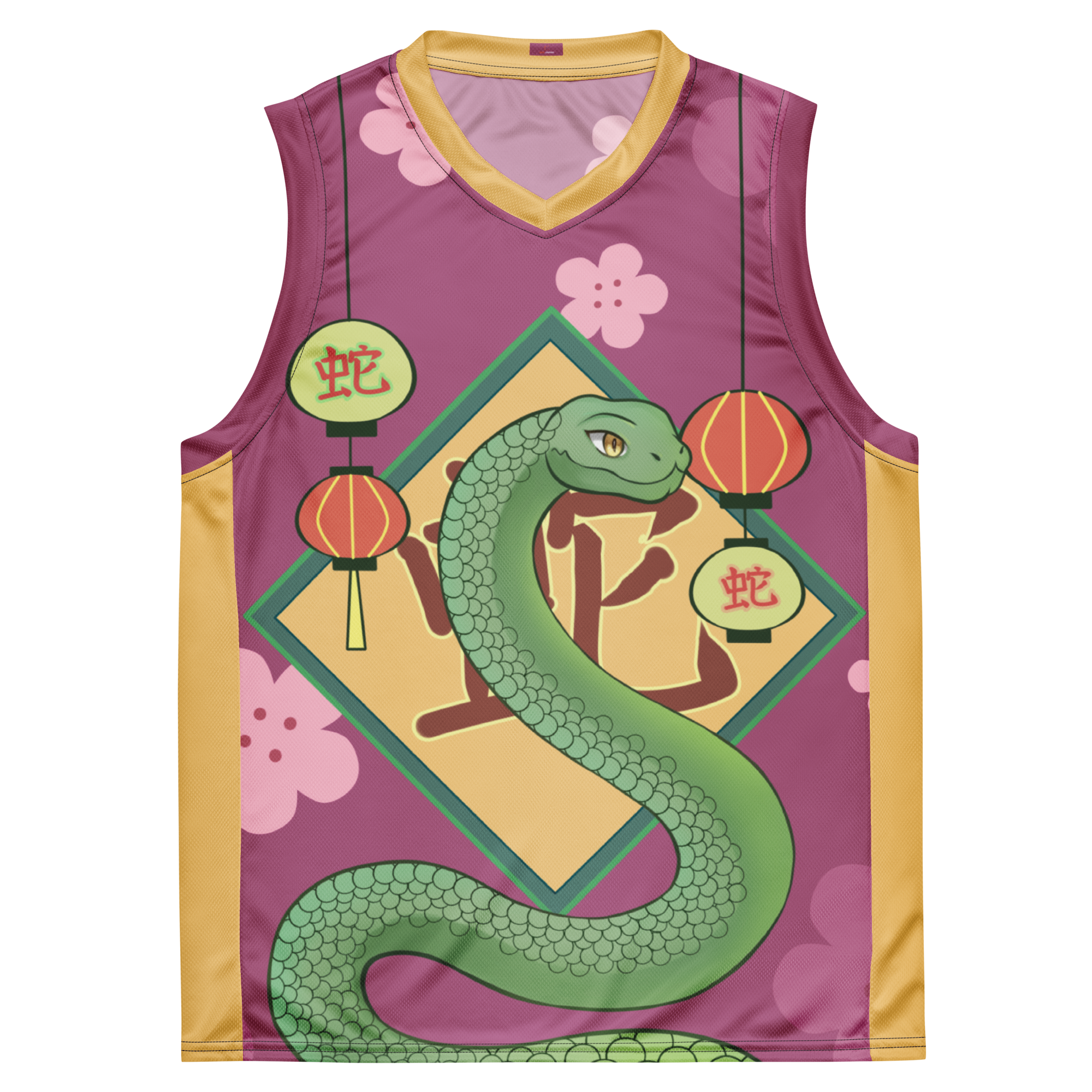
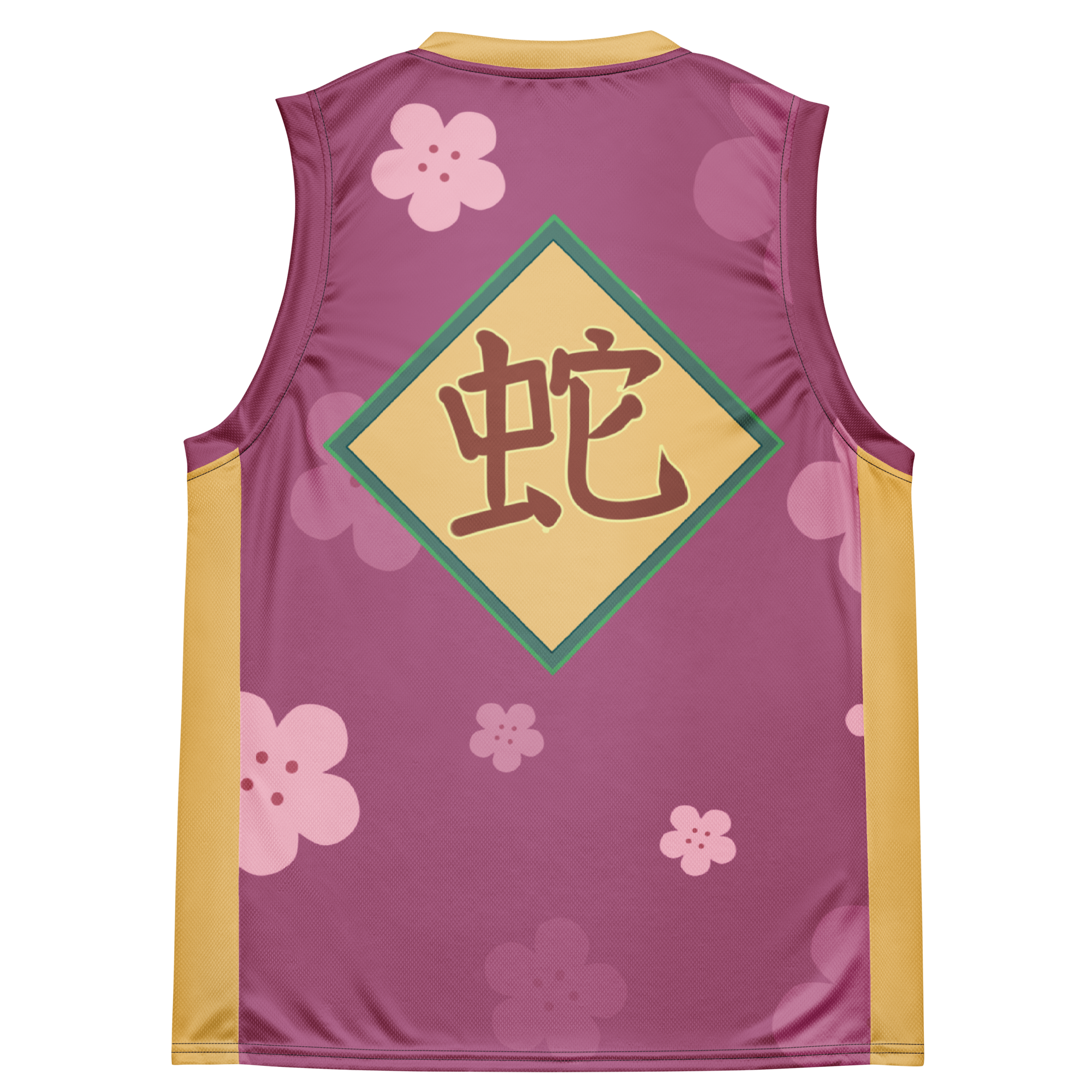
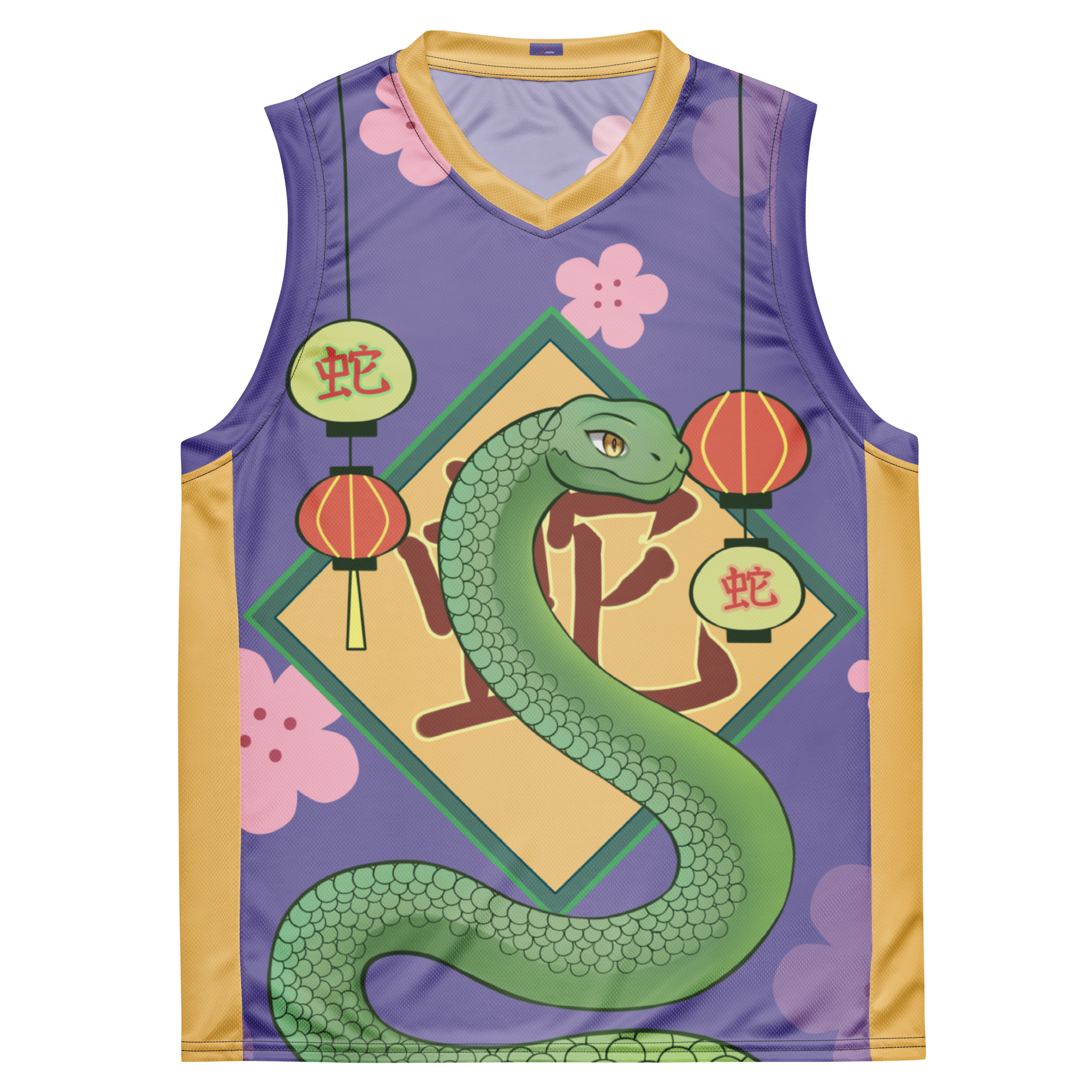
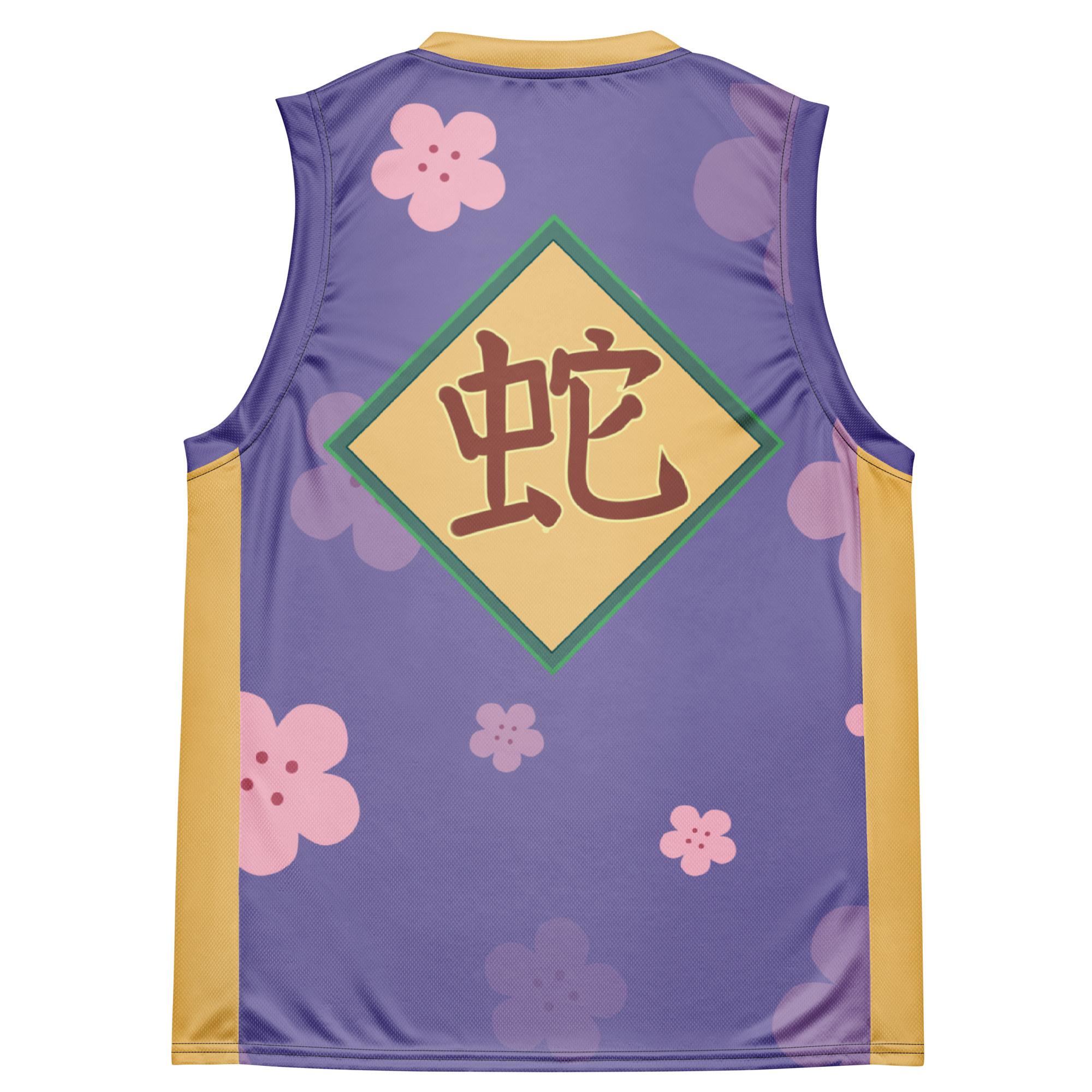














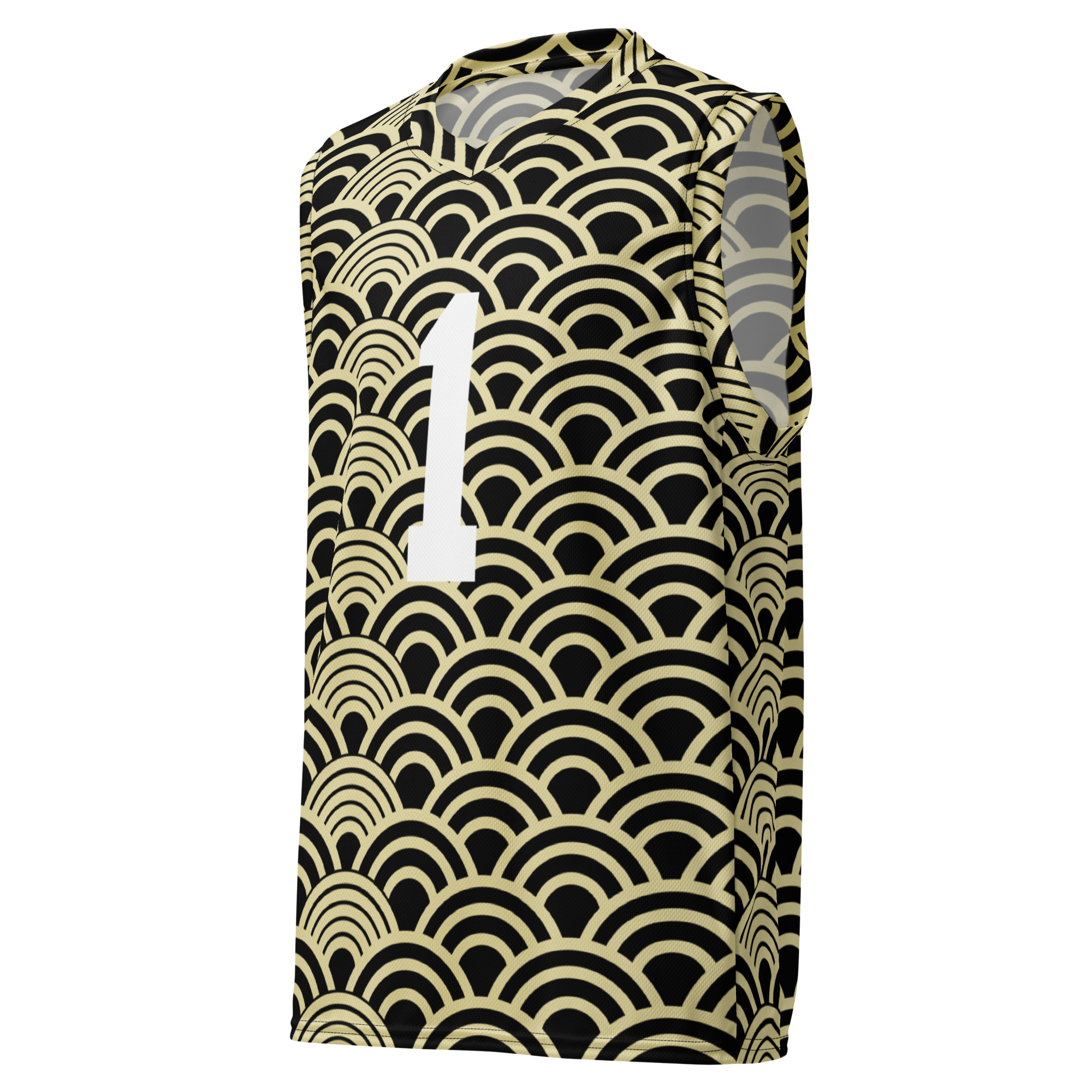
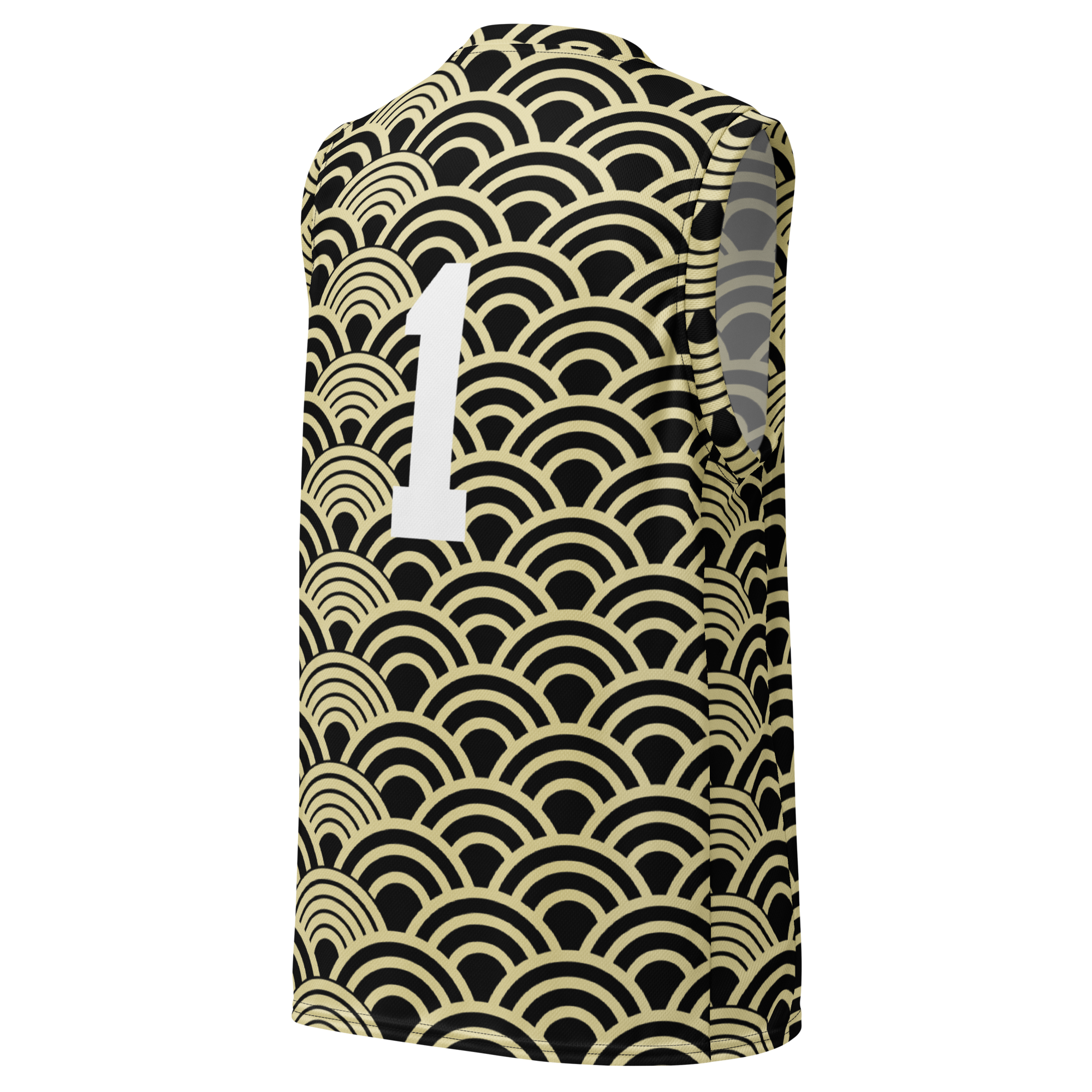
This was so really good I felt so good while reading this it was really really so well written I couldn’t get my eyes off Very well done loved every bit of information
Dejar un comentario